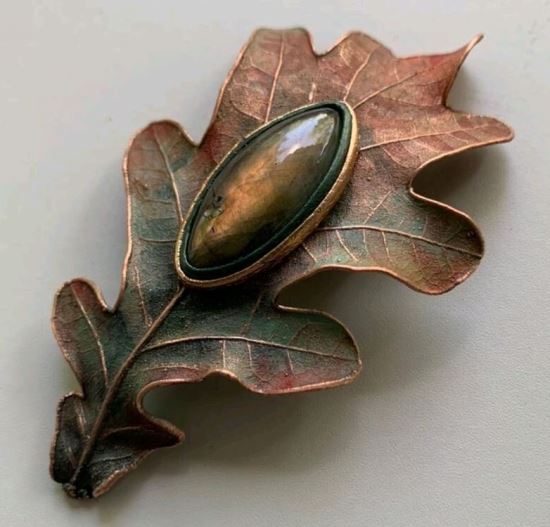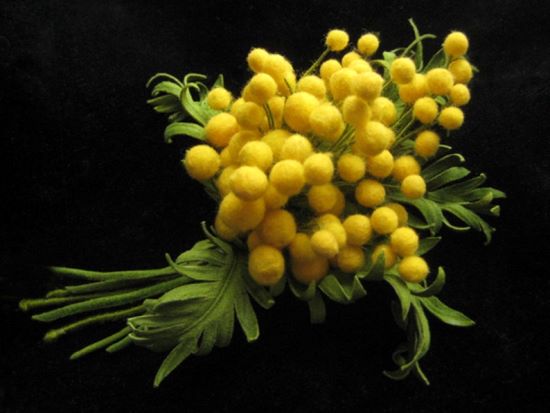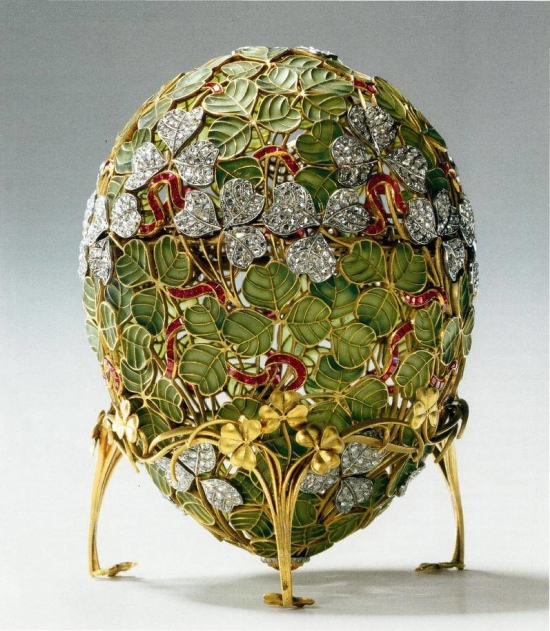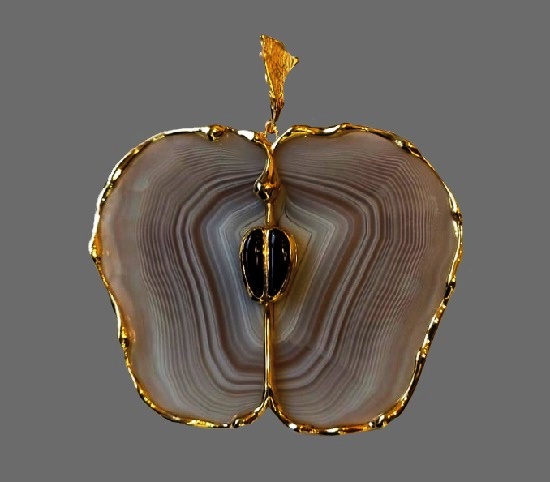Designer leather jewelry by Anna Agapova

Oak leaf brooch pendant. Leather, copper, labradorite. 8.2 cm. Designer leather jewelry by Anna Agapova
Designer leather jewelry by Anna Agapova
Born in Tiraspol, Moldova, into a family of artists and teachers, Anna Agapova knew from early childhood that, like her parents, she would be an artist. She loved to draw, sew doll clothes, make crowns, rings from foil, and pendants from sea shells.
After graduating from art school, Anna entered the Chisinau Art School named after Repin. Then she graduated from the Kishinev University, art and graphic department.
As a student, she met an artist who made leather bags and various household items in the national style. According to Anna, these things became the main inspiration for the creation of costume jewelry. Her earrings, brooches, necklaces and pendants were unique, and not at all the same as those sold in stores.
Realizing what great opportunities the skin hides, a variety of works appeared – caskets, vases, photo albums, bags, and paintings. Having fallen in love with this material in 1984, she has never stopped working with this technique.
Anna worked in a children’s art school in her native Tiraspol for many years, and became a member of the Union of Artists of Transnistria.
Since 1987, Anna has been constantly participating in various art exhibitions, among which there were 4 personal ones. Currently the artist lives and works in Krasnoyarsk, Russia.
More »





